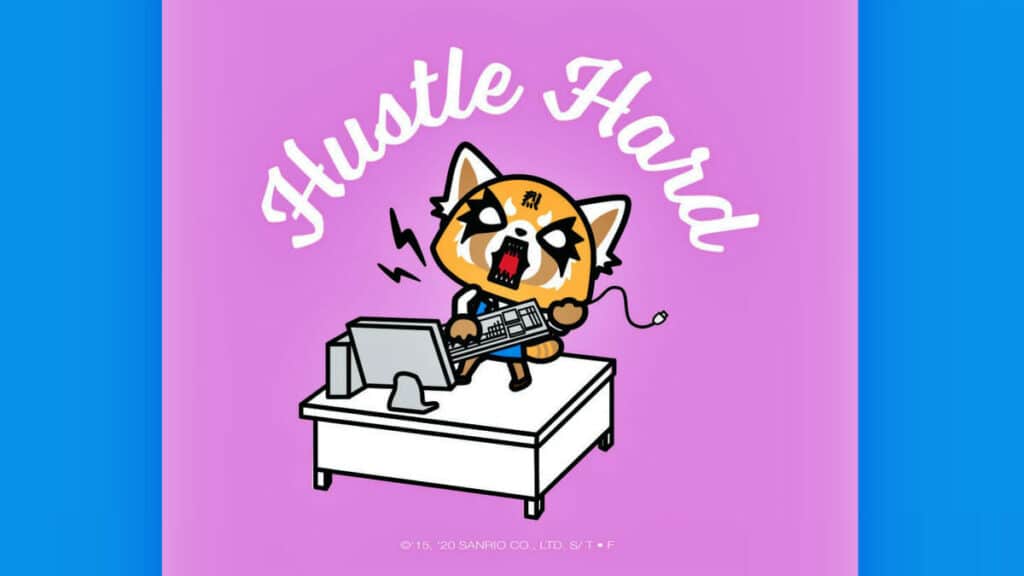3 Topics to Include In an Employee Feedback Session

Feedback is important. If you look up the definition of feedback, it’s “information about reactions to a product, a person’s performance of a task, etc. which is used as a basis for improvement”. When I think about employee feedback, it falls into two categories:
- Feedback given to the employee about their performance.
- Feedback provided by the employee about their reaction to a company action.
Given that the end result of feedback is improvement, I’ve always felt that organizations should provide training to employees about how to give and receive good feedback. Most organizations offer training to managers, but not always to employees. Orientation and onboarding would be an ideal time to give employees feedback tools.
One of those feedback tools could be a template or format for delivering feedback. Some of you might have seen this three-point method before. I was reminded of it recently, so I wanted to share. What I like about it is that it’s easy to remember, so hopefully that means people will use it.
START: One of the principles in adult learning is to tell people what’s in it for them (aka the WIIFM). It seems to me that this is the concept of START. Share with another person what you’d like for them to do and why you’d like for them to do it. Of course, the WIIFM can’t be “because I said so” or “otherwise you’ll be written up or fired”. That’s why it’s important to really think about the START topic. On some level, it’s easy to tell people what to do. The hard part is explaining why in a way that makes someone want to do it.
STOP: It might be tempting to lead the discussion with STOP, but I’m not so sure about that. It might put someone on the defensive. If you begin the conversation with START, hopefully the person will already understand what needs to STOP. For example, you can say to an employee “I’d like to see you submit your expense reports on Thursdays so you can get paid faster.” This implies that submitting them on whatever day they’re currently being submitted should STOP.
CONTINUE: To me, this is the topic where we can reinforce something that the employee already does well. Using the expense report example, maybe the employee does a great job with the detail and explanations. The conversation is only about the day the report is submitted. This is also an opportunity for employees to give managers some feedback about their role. Maybe something like, “You do a great job of approving my expense reports within 24-hours. Thanks!”
The goal of this conversation is to talk about what a person should START doing, what they should STOP doing, and what they should CONTINUE doing. It’s not about disciplinary action. This type of feedback happens all the time in organizations. Especially when policies or procedures change.
Also keep in mind – and I think this is the great part about using this method – that as one person talks about START/STOP/CONTINUE, the other person might have a related START/STOP/CONTINUE to add. For instance, if the manager asks an employee to start submitting expense reports on Thursdays, the employee might ask for the manager to stop asking for another report on the same day. Ultimately, both people negotiate and agree on the best START/STOP/CONTINUE for the situation.
Feedback is an essential communication tool. It involves two-way communication. Having a consistent way to deliver feedback can benefit everyone, which creates improvement. And that’s the goal.
Retsuko image from Aggretsuko anime television series.